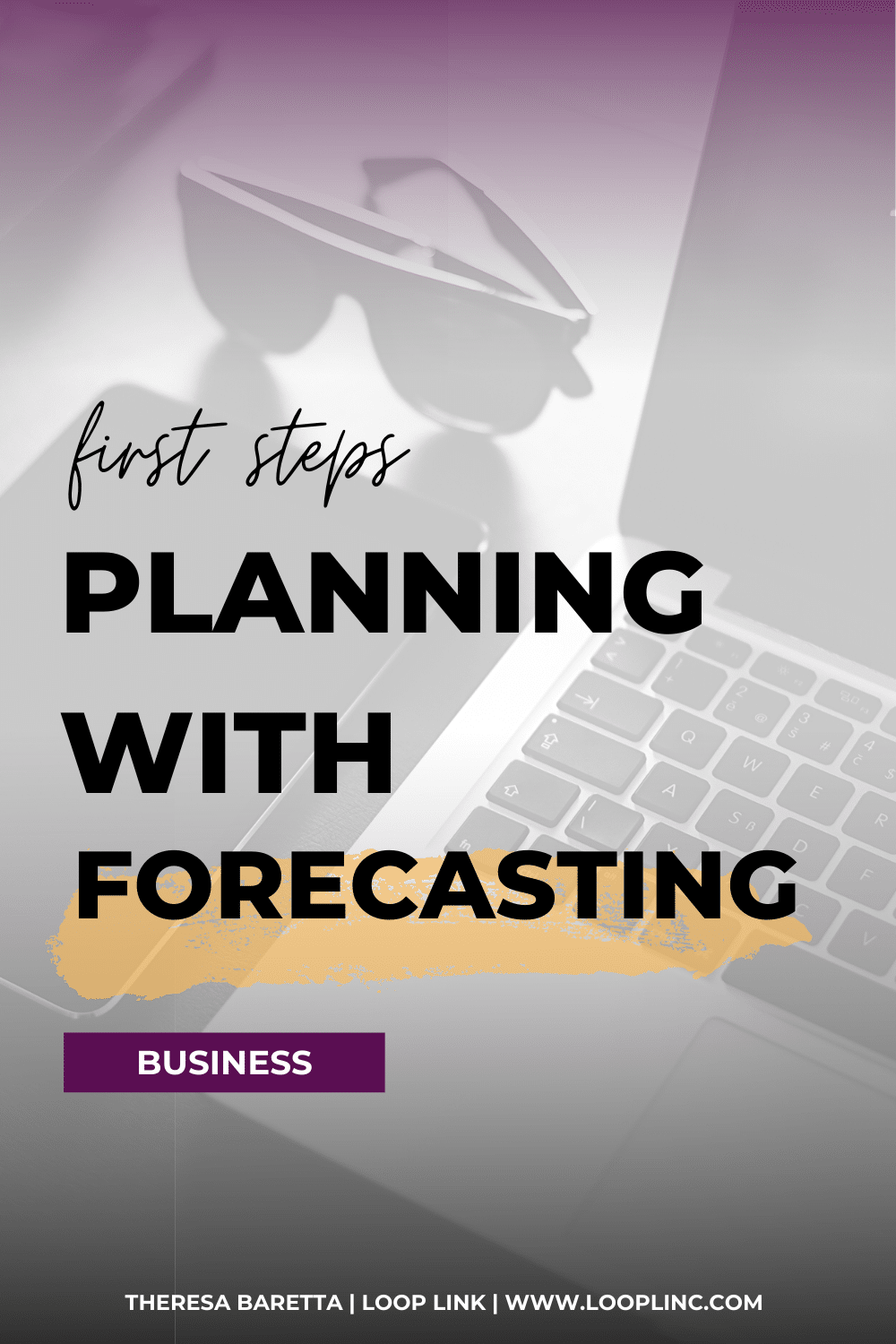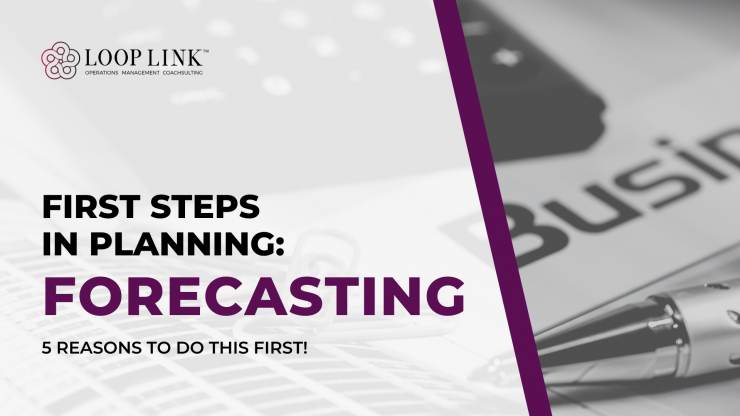Whether you’re an entrepreneur, small business or corporation, changing needs of the market requires you to adjust constantly. To make those adjustments, you need to make projections in what may happen. It’s not a well-loved aspect of business or for business managers, let alone business owners. Before the beginning of the financial year, forecasting is the first step in planning and is a continuous living document for the year.
During my years of corporate-hood, I was heavily involved in forecasting. It takes a lot to be able to pull in information about what are current sales, and what you are anticipating to bring in for the remainder of the month. This activity is done monthly and usually within the 10th day of the current month. With this activity, we can carefully monitor our progress to avoid any unexpected financial impacts. Being close to accurate as you can demonstrate control and understanding of your business financials and cash flow.

In the last few months, I’ve spoken with many entrepreneurs from all types of industries. When the term “forecasting” is brought up, it’s astonishing that it’s not a common practice, and it’s not a first thought that crosses their mind. They assume that by bringing revenue through the door that it applies only to their sales forecast. Wrong! If you have an internal or external team, monthly expenses, and overheads, direct costs of business, it is even more critical for you to conduct a monthly forecast to understand your profitability.
“Those who have knowledge, don’t predict. Those who predict, don’t have knowledge.” – Lao Tzu
1. Why Forecasting Is Important
There has been a report that surveyed over 300 companies to identify some of the common characteristics of top performing businesses. They identified different patterns between the best and the rest. It is in their approach and values in their sales targets by using forecasting as the first step in planning. When you optimize on this process:
- You are tracking your data accurately. You can historically see where revenue is generated from, and make projections for new sales and have an idea where they will come from.
- By tracking your sales, you’ll also be able to find where you have lost sales and why. By measuring your loss, you’ll be able to improve and capitalize on sales strategies.
- Are you expecting a considerable expense for a particular month? Forecasting allows you to plan for cash expenditures and therefore insight into which months you may need to prepare for more revenue.
2. Planning For Demand Instead Of Supply
Many businesses restrict their supply and forecasts to their capacity. It’s not a good practice as businesses should forecast demand for the product or services than the supplies. How does this look like in your forecast?
- Determine when your high seasons are. By reviewing the previous year’s sales month-to-month, it can give you an accurate picture of where your peaks are.
- Plan for ordering or manufacturing if you’re a product based business.
- If you’re a service-based business, plan for an increased workforce, or outsourcing options during the peaks to deliver the demands and avoid restricting supplies.
3. Account For Market Forecasting
Market forecasts examine the market at large. It reviews the current market and industries to understand the economic trend. By accounting for this as one of your first step in planning your forecast, it will allow you to:
- Revise your forecast and expectations based on the marketplace expansion or decline
- Review other strategies or approaches to the market to make sales push at the correct time
- Adjust your sights according to the market forecast to prevent too little or too much inventory
4. Introducing A New Product
Introducing a new product isn’t only a successful outcome. It’s strategically mapped out to best position the success of the launch. By conducting customer surveys, product tests, and focus groups, you can gather data that can then be added to your forecast. The information can contribute to:
- Planning production and ordering costs can be captured in your forecast
- Time marketing efforts for the product launch together with the 30k ft view of the big picture
- Reduce and avoid a sticky stocking situation when the marketplace responds.
5. Forecasting Secret: Balance
Forecasting isn’t only meant to be a sales measurement or benchmarking tool. It’s also intended to be a tool to help develop marketing plans, budgets, overheads and cash flow. So it’s important to balance these considerations when you’re pulling your forecast together. Use your historical data to help build together a balanced forecast that:
- Accounts for fluctuations in your overhead expenses from office supplies to marketing campaigns
- Allows for some “trade-offs” when appropriate to create some flexibility in the details of the forecast
- Insight into the future environment of operation, and promotes competitive bidding for vendors and customers.
The Habit Of Forecasting
Forecasting isn’t the most exciting task to complete your business. I’m sure you’d rather be out shopping for office supplies or selling to a customer. However, it is a critical part of your business, and as a business owner, you should always be aware of where your numbers are, from sales to profitability. If you’re at your first step in planning, make sure you start with forecasting and projecting your numbers, business, and growth.
Your Move
Have you had success with forecasting and transparency into where your numbers are month to month? We’d love to hear about your best forecasting experiences and what made them so successful. See you there!
Come over to our Free Exclusive Community where you can find support from other CEOs on the same journey.





